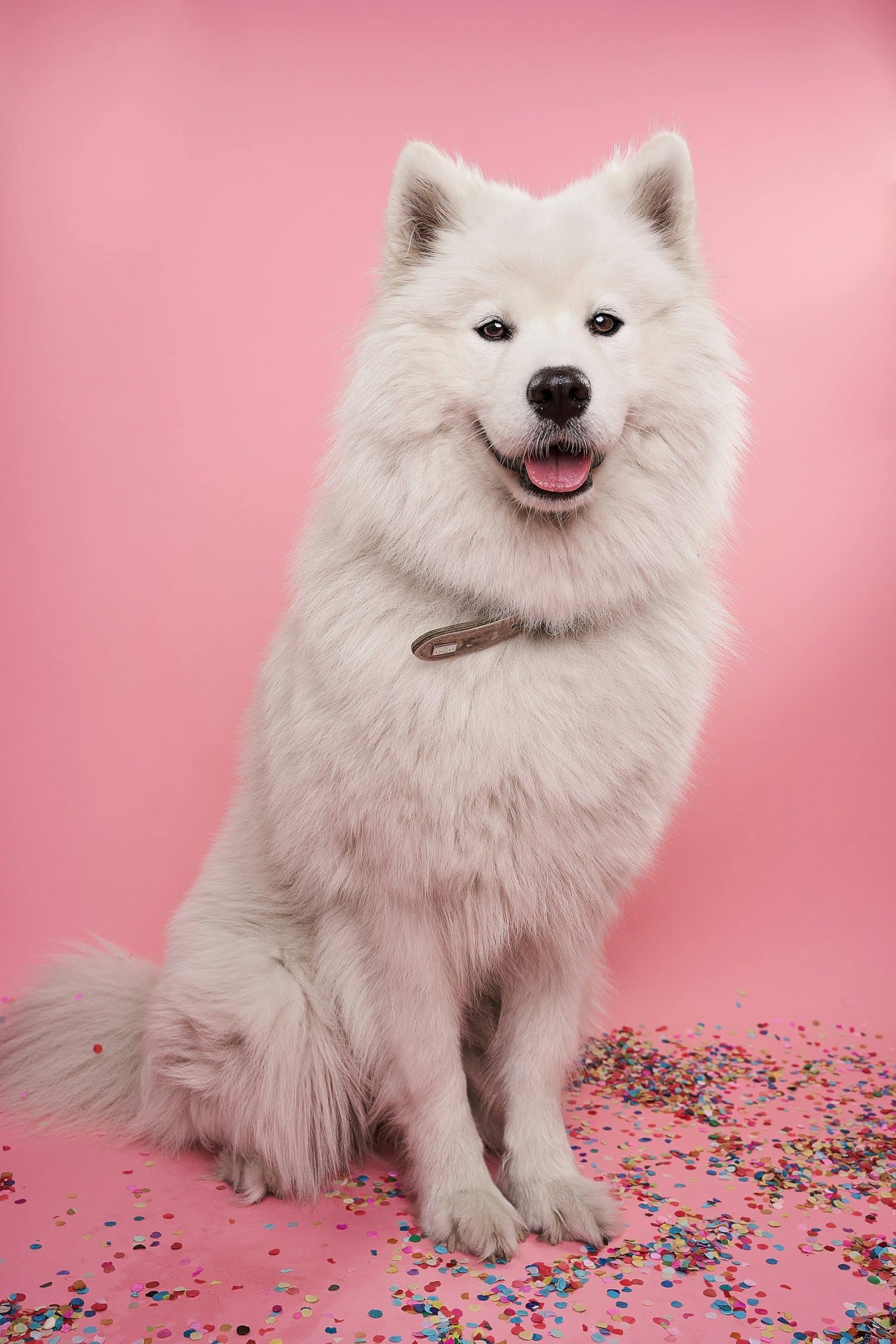How to Manage Playtime for a Dog with a History of Aggression?

The challenge of dealing with an aggressive dog is not an easy one, especially when it comes to playtime. However, with the right tactics, patience, and a strong understanding of canine behavior, it’s possible to help your dog enjoy playtime without putting other pets or individuals at risk. This article will provide you with a clear guide on how to manage playtime for a dog with a history of aggression.
Understanding Your Dog’s Aggression
Before setting foot in the park or playing with your dog, it’s crucial to understand what triggers their aggression. Aggression in dogs can be a result of various factors ranging from fear, anxiety, territoriality, to past traumatic experiences.
A lire aussi : How Can You Identify and Treat Early Signs of Dementia in Senior Dogs?
Understanding your dog’s aggression is the first step towards managing it. It’s important to observe your dog’s behavior and determine what situations or stimuli trigger their aggressive behavior.
For example, if your dog exhibits signs of aggression when meeting new dogs, it might be due to fear or social anxiety. On the other hand, if your dog gets aggressive when someone approaches their food or toys, it might be a sign of resource guarding.
Dans le meme genre : What Are the Best Small Mammal Pets for Children with Asthma?
Consulting with a Professional
When dealing with aggressive behavior in dogs, it’s always recommended to consult with a professional trainer or a behaviorist. They can provide you with expert guidance and help you identify the sources of your dog’s aggression.
Professional trainers and behaviorists can also help you understand your dog’s body language. This is crucial in predicting and preventing any aggressive outbursts. They can teach you how to respond when your dog starts displaying signs of aggression.
Creating a Safe Play Environment
Creating a safe and controlled play environment is key when dealing with dogs with a history of aggression. This can be done by setting boundaries and rules and ensuring your dog follows them.
First, always supervise playtime. Never leave your dog alone with other dogs or pets. This allows you to intervene and redirect their attention if they start showing signs of aggression.
Second, limit the number of dogs your pet interacts with. Playdates with too many dogs can be overwhelming and stressful for your dog. Instead, opt for one-on-one play dates with dogs that your pet is comfortable with.
Using the Right Tools
Using the right tools can significantly improve the safety and quality of your dog’s playtime. One useful tool is a sturdy, well-fitted harness. Harnesses provide better control over your dog than collars and reduce the risk of injury.
A leash is another essential tool for controlling your dog during playtime. A long leash allows your dog to explore and play, while still giving you control. Remember to keep the leash loose to avoid creating tension that could trigger aggression.
Toys can also be a great way to manage your dog’s aggression. Toys that encourage independent play can help keep your dog entertained and reduce their focus on other dogs.
Training Your Dog
Training plays a crucial role in managing a dog with a history of aggression. There are several training methods that you can use to reduce your dog’s aggressive behavior.
Positive reinforcement is a highly effective training method. Reward your dog for displaying non-aggressive behavior. This could be as simple as giving them a treat or verbal praise. Make sure the reward is immediate to ensure your dog associates the behavior with the reward.
Another effective training method is redirection. If your dog starts showing signs of aggression, redirect their attention to something else. This can be a toy, a treat, or a command.
While managing playtime for a dog with a history of aggression can be challenging, it’s certainly possible with a good understanding of your dog’s behavior, the right tools, a safe play environment, and the correct training methods. Always remember, each dog is unique, and what works for one dog might not work for another. Hence, patience and persistence are crucial in this journey.
Implementing a Consistent Routine
To effectively manage playtime for a dog with a history of aggression, it’s key to establish and stick to a consistent routine. Dogs, like humans, are creatures of habit, and a predictable schedule can reduce anxiety and make your dog feel more secure.
Start by setting specific times for meals, walks, training sessions, and playtime. Dogs tend to behave better when they know what to expect. For playtime, choose a time when your dog is generally calm and relaxed. Playtime right after a meal or a walk might be ideal, as your dog is likely to be less energetic and, therefore, less likely to act aggressively.
It’s also beneficial to have a designated play area. This could be a specific room in your house or a section of your yard. This area should be free of any objects that could potentially lead to aggression, such as bones or highly coveted toys. By consistently using the same play area, your dog will begin to associate the space with positive, non-aggressive play.
Additionally, make sure to end playtime if your dog starts showing signs of aggression. This helps to signal that aggressive behavior is not acceptable and will result in the end of fun activities. Over time, your dog might begin to understand the correlation between their behavior and the continuation of playtime.
Conclusion: Patience and Consistency are Key
Dealing with a dog with a history of aggression can indeed be a challenging task. However, with a thorough understanding of your dog’s triggers, professional advice, a safe play environment, the right tools, consistent training, and a predictable routine, it’s possible to manage your dog’s playtime effectively.
Remember, change won’t happen overnight. It requires patience and consistency. Every dog is unique, and what works for one might not work for another. It’s important to stay patient and consistent in your approach. Celebrate small victories, and don’t get disheartened if progress seems slow.
Lastly, remember to always prioritize safety — both your own and that of others. If your dog’s aggression seems to be getting worse, or if they act out aggressively towards a person, seek professional help immediately. With time, patience, and the right approach, your dog can learn to enjoy playtime in a safe and non-aggressive manner.
